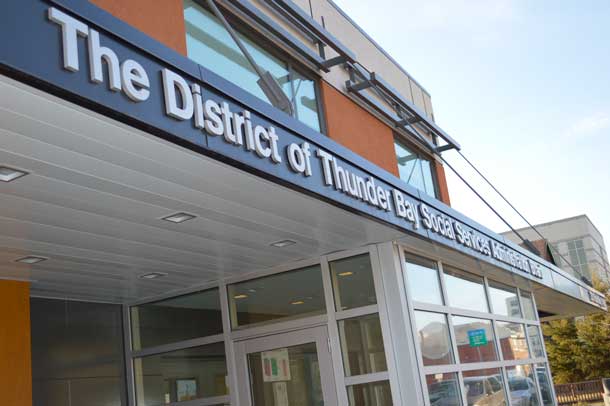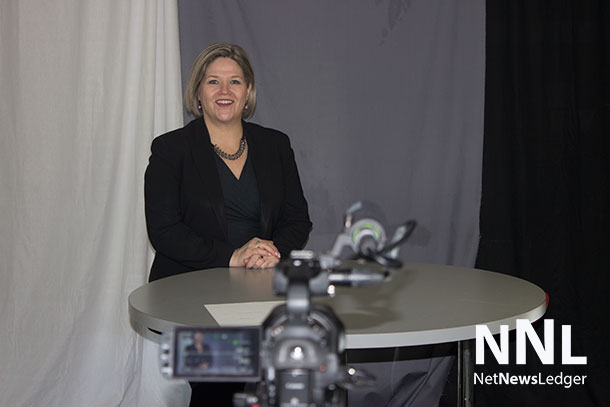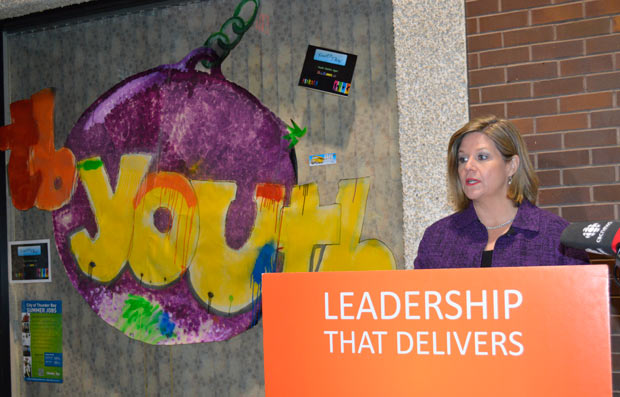
TORONTO – The Ford Government has announced its plans for social assistance reforms. “Social assistance in Ontario today is an ineffective, disjointed patchwork of supports that traps people in a broken system,” said Lisa MacLeod, Minister of Children, Community and Social Services. “Our plan is about a more effective, sustainable approach to helping people find and keep jobs and achieve better outcomes.”
MacLeod says that the Ontario government’s plan will restore dignity, encourage employment, and empower the province’s most vulnerable to break free from the poverty cycle.
Currently, there are over 240 income support rates and combinations and a web of over 800 rules, making navigating the system confusing and time-consuming for recipients and caseworkers.
Provincial employment services will also see improvements through better, more streamlined supports, placing a greater focus on outcomes and exploring options for more locally responsive outcome driven employment service delivery models. The province will better coordinate Employment Ontario and social assistance to make it simpler and easier for all job seekers to reach their potential.
“Today is the first step in restoring dignity, encouraging employment, and empowering the province’s most vulnerable to break free from a cycle of poverty,” said Merrilee Fullerton, Minister of Training, Colleges and Universities. “Our employment and training programs are critical to helping people find and succeed in their first or next job, so they can contribute to the success of this province.”
MacLeod announced that the government will undertake a coordinated multi-ministry approach to reduce red tape, eliminate unnecessary rules, and support individual action plans to establish self-reliance and ease off the system.
Ontario cancelled the basic income pilot project this fall. Many of the people on that program were taking steps to get as far away from ever needing social assistance again, which seems to be a goal of the Ford Government. With the cancellation of the project the collection of data on its effects and results will now be lost. While there was a letter written to Justin Trudeau by the mayors of the four cities in the pilot project to have the project funded by the federal government, Thunder Bay Superior MP Patty Hajdu told a group of people on the Basic Income Pilot project that she doesn’t believe it is the way to go.
“Many people in this province have severe disabilities that make it very difficult to support themselves,” said MacLeod. “They will be met with compassion and dignity in our new system. Those receiving assistance who can work will be treated with the same dignity, including targeted support to fill Ontario’s available jobs. If you can work, or if you can’t, we have a plan to help you.”
Ontario’s plan for social assistance reform is guided by the following priorities:
- Moving People to EmploymentReduce administration and paperwork so people receiving Ontario Works and front-line staff can focus on individual action plans that set out a path to health, wellness and preparations to return to work.
- Locally Focused Social ServicesStreamline social assistance and employment programs and increase local responsiveness and flexibility to help all job seekers reach their potential.
- Supporting People with Disabilities with DignityRedesign the Ontario Disability Support Program to provide annualized income support with far fewer reporting requirements for Ontarians with severe disabilities.
- Cutting Red Tape and Restoring AccountabilityEliminate barriers for people receiving social assistance and for those delivering support by simplifying rates, reducing administration, cutting unnecessary rules, and restoring service accountability through a simplified system to better focus on improving outcomes.
Ontario’s social assistance system has not seen significant changes in over ten years. Changes will be implemented gradually to update the system so it can better meet the needs of those who need it the most.
As a first step, the government will work closely with municipalities to develop a plan to phase in changes, giving them the flexibility to meet local needs in the context of their local economies, and undertake consultation with First Nations to develop a specific approach for social assistance and employment services on reserve.
The plan has raised concerns with Grand Council Treaty #3. Ogichidaa Kavanaugh stated, “I would like bring attention to the fact that poverty and health outcomes are linked. Within the Northwest LHIN 14 profile, it highlights that people have a lower life expectancy, higher mortality rates, higher rates of colorectal cancer, lung cancer, higher rates of ambulatory visits, higher rates of hospitalization for diabetes, heart failure, stroke, and less access to a family doctor.”
Many Treaty #3 First Nation communities are small, isolated and consequently, families have to travel long distances into the municipal centres to purchase services: groceries, banking, education, receive health services or pursue employment opportunities with limited transportation options. “I am worried with the arrival of the winter season that our families will also be impacted by the cost of heating their homes during the cold winter months” stated Ogichidaa Kavanaugh.
The province has also launched a website, Ontario.ca/openforbusiness, to make matching job seekers with businesses easier. Employers can also post job opportunities at employer.jobbank.gc.ca.
QUICK FACTS
- Almost one million Ontarians are on some form of social assistance.
- Over the past 15 years the number of Ontarians forced to go on social assistance has skyrocketed by 55 per cent.
- Ontario has introduced the Low-Income Individuals and Families Tax Credit (LIFT) to help more low-income workers keep more of what they earn. If passed, the LIFT credit will help an individual earning $30,000 save $850 on their taxes, and help a family earning $60,000 save $1,250 on their taxes.
- Under the status quo only one per cent of people on social assistance re-enter the work force in a given month.
- Half of the people who get off Ontario Works return, four out of five are back on it within a year.






